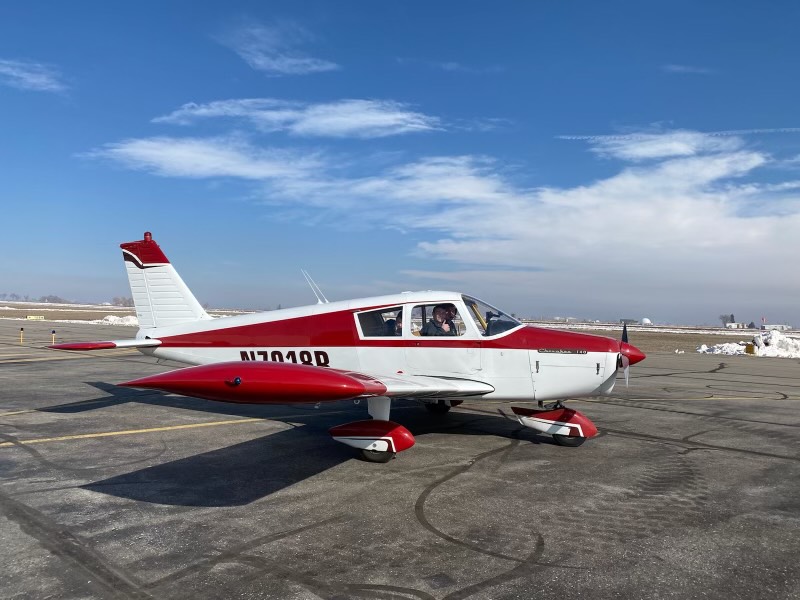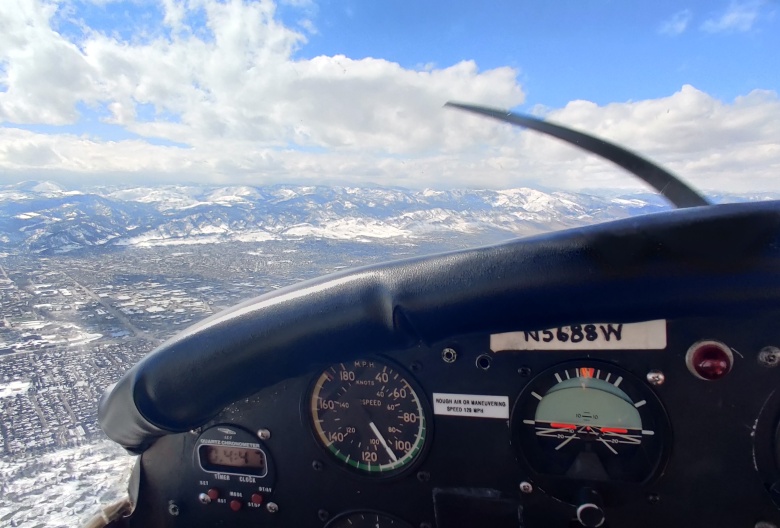Did you know that you can get your private pilot’s license in as little as 40 hours in the US? A PPL will allow you to fly friends and family almost wherever you want, whenever you want. Getting a PPL is the first major step to becoming a professional pilot, or one of the last major steps to becoming a pilot for your own leisure!

Getting a private pilot certificate is the first major leap into your flight training journey. A good pilot is always learning, weather they’re a student pilot, commercial student, or airline captain. The learning process will never stop, and you’ll continue to become a greater pilot and obtain more knowledge the further you go with aviation.
Your flight instructor (CFI) will guide you through the private pilot course. At various points through your training, you’ll fly with a different CFI to get a second set of eyes on your progress, and fix any problems that your primary instructor may have missed. You’ll be subject to stage checks, which are like small progress checks. You’ll fly with a CFI and go through various points that you’ll find on your private pilot checkride. This isn’t graded, it’s only to make sure you’re progressing at the best rate for you.
Come to FlightTrek and get your private pilot license to become a part of this amazing community!
Course Description
You will be assigned to a flight instructor when you begin your private pilot training. Your instructor will guide you through the process, and you’ll become a more independent pilot as you progress. After you meet the minimum requirements for your PPL, and your instructor trusts that you’re ready to take the test, they will assist you in scheduling a written test, as well as a checkride.
After you obtain your PPL, you can continue your training and move onto your instrument rating. See our instrument rating course for more info.
The typical path to obtaining a Private Pilot License (PPL) involves a combination of ground school and flight training. The ground school covers topics such as aircraft systems, weather theory, and navigation. The student will then complete a minimum of 40 hours of flight time, including a minimum of 20 hours of flight training with a certified flight instructor.
During the flight training, the student will learn the fundamentals of flight, including takeoff and landing procedures, flight maneuvers, navigation, and emergency procedures. The training will culminate in a solo flight, during which the student will demonstrate their ability to fly safely and proficiently.
After completing the required flight time and demonstrating proficiency in both flight and ground school, the student will take a practical test with a certified FAA examiner to earn their Private Pilot License. The process typically takes several months of dedicated training, but the rewards of becoming a licensed pilot are well worth the effort.
- Be at least 17 years old (16 to solo)
- Hold an FAA Medical Certificate
- Be able to read, speak, write, and understand English
- Complete a minimum of 40 hours of flight time, including:
- 20 hours of flight training with an authorized instructor
- 10 hours of solo flight time, including:
- 5 hours of solo cross-country flight time
- 1 solo cross-country flight of at least 150 nautical miles with full-stop landings at three points
- 3 hours of night flight training, including:
- 1 cross-country flight of at least 100 nautical miles
- 10 takeoffs and 10 landings to a full stop
- 3 hours of flight training by reference to instruments
- Pass the FAA private pilot written test
- Pass the FAA private pilot practical test (checkride) with an FAA examiner.



